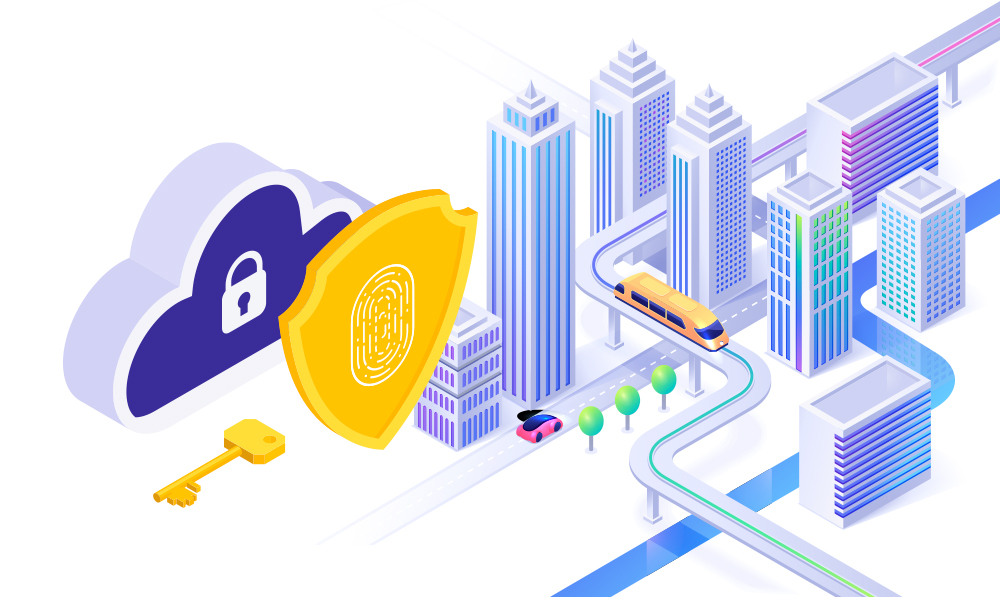Access control has always been the first tier and last tier of security for every commercial building. Modern access control system has prevented many crimes from happening and provided the utmost security to users compared to technology decades ago. However, while advancing technology enhances security, the shortcoming is the trade-off of convenience in our daily life. In the digital transformation era, with the rising smart cities and IR 4.0 (Fourth Industrial Revolutions) concept, the access control technology has evolved from a purely ELV(Extra Low Voltage) based system to an IoT (Internet of Thing) based system that promotes connectivity in a digital building as a whole to accomplish both security and convenience concurrently.
One of the crucial problems of an access control system is its isolation. The data lives siloed on an island that doesn’t offer any insight and eventually leads to untimely and passive security. For example, in a commercial building, we have often seen door access, car park access, lift access and visitor management system operate in different systems, not to mention CCTV, alarm system, workforce management system and more, that seemingly are not related.
Another plus point is that the increased complexity in the access control system does not increase the investment and maintenance cost. It goes in reverse. Firstly, the subscription-based cloud solutions change the existing Capex model to Opex to save the initial investment costs. Besides, IoT device shifts computing power to the cloud, translating to a simpler hardware design and lower price than ELV, and also require fewer on-premise technicians and less maintenance staff, achieving cost-efficiency in modern building management.
In short, an access control system is undoubtedly one of the key components in managing people flow in a digital building, whereas multiple connected digital buildings are the key components to form smart cities. We all knew that the essence of a smart city is not defined by how advanced its ICT infrastructure is, but somewhat is shaped by hundreds of thousands of connected digital buildings, with billions of interconnected activities happening daily, due to the interactions of millions of people that live, work and breathe in the city, embracing the digital lifestyle.
Rethinking the access control system from a more holistic perspective can create a smart city that sustains more complex interaction between increased populations in a safer environment.
Readers can visit www.timetecbuilding.com for more information.
About Author:
Teh Hon Seng, Group CEO of TimeTec Group of Companies. Prior to forming TimeTec, Teh led PUC Founder (MSC) Bhd to be listed on MESDAQ (ACE) market of Bursa Malaysia in 2002. Teh initiated the R&D in fingerprint technology in 2000, which later developed into a renowned global brand for commercial fingerprint product known as FingerTec. In 2008, he foresaw the trend of cloud computing and mobile technology, and over the years, he had strategically diversified and transformed its biometric-focused products into a suite of cloud solutions that aimed at workforce management and security industries including smart communities and digital building system that centered around the cloud ecosystem. Teh has more than 20 patents to his name, and he is also a columnist in a local newspaper and a writer of several books.



